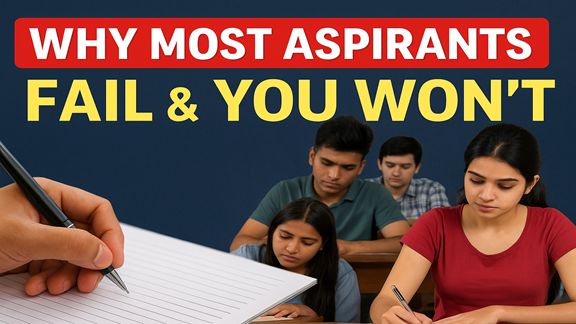Please name and explain some people’s uprisings during british rule in india.
Title: People’s Uprisings During British Rule in India: An In-Depth Study for UPSC Aspirants
The era of British Rule in India is marked by numerous uprisings and revolutions led by the people. These revolts, intensely motivated by the palpable strain of colonial exploitation, played an instrumental role in the formation of independent India. Understanding these people’s uprisings are crucial for those preparing for Examinations like the Union Public Service Commission (UPSC). Let’s delve into some of these mass movements during British Rule in India.
1. Sepoy Mutiny of 1857: Often touted as India’s first war of independence, the Sepoy Mutiny of 1857 was a violent and very bloody uprising against British rule. Various factors, including the introduction of Enfield rifles with cartridges reportedly greased with animal fat and the oppressive policies of the British, culminated in this widespread rebellion. This revolt, led primarily by the sepoys or Indian soldiers in the British army, although unsuccessful, marked the beginning of a national awakening.
2. Pabna Rebellion of 1873: The Pabna rebellion was a tenant uprising in Bengal, fueled by the oppressive Zamindari system. The action was concentrated primarily in the present-day Rajshahi and Dhaka districts in Bangladesh, which were parts of Bengal at the time. Tenants rose against the excessive rent and arbitrary cesses imposed by the Zamindars, which led to this widespread rebellion. The revolt paved the way for the Rent Law of Bengal of 1885, which gave considerable relief to the peasants.
3. Deccan Riots of 1875: The Deccan Riots were a series of disturbances led by peasants against money-lenders in the Deccan region of Western India. The primary bone of contention was the role of the moneylenders, largely from the Marwadi and Gujarati communities, who were perceived to exploit the indebtedness of the peasants who were suffering from famine and agrarian stress. The uprising led to the passing of the Deccan Agriculturist Relief Act (1879).
4. Chuar Rebellion (1798 – 1816): The rebellion led by the Chuar tribes of Midnapore in Bengal and Bankura against the British policies was one of the earliest forms of defiance to British rule. The Chuars, who were initially looters, later transformed into organized rebels under the leadership of local landholders. They resisted the British attempts to impose a new system of rent collection.
5. The Munda Ulgulan (1899-1900): Under the leadership of Birsa Munda, the tribal community of Mundas initiated the Ulgulan, or ‘Great Tumult’. The rebellion, centred in the modern-day region of Bihar and Jharkhand, was directed against the British-imposed feudal system, which had replaced the traditional Munda communal land management system.
6. Santhal Revolt (1855–56): The Santhals are a tribal group that inhabited the area known as Santhal Pargana in Bihar. The rebellion was against the oppressive policies, exploitation and corrupt practices of the British officials, Zamindars, and Mahajani system. It was one of the most extensive tribal uprisings that the British confronted in the post-1857 era.
These movements indicate the strong resistance posed by the Indian population against the oppressive British rule. A detailed study of these uprisings not only serves to understand the nature and extent of the people’s revolt to foreign rule but also provides crucial insights into the strands of Indian freedom struggle. An in-depth knowledge of these uprisings will surely benefit UPSC aspirants in their endeavour.













